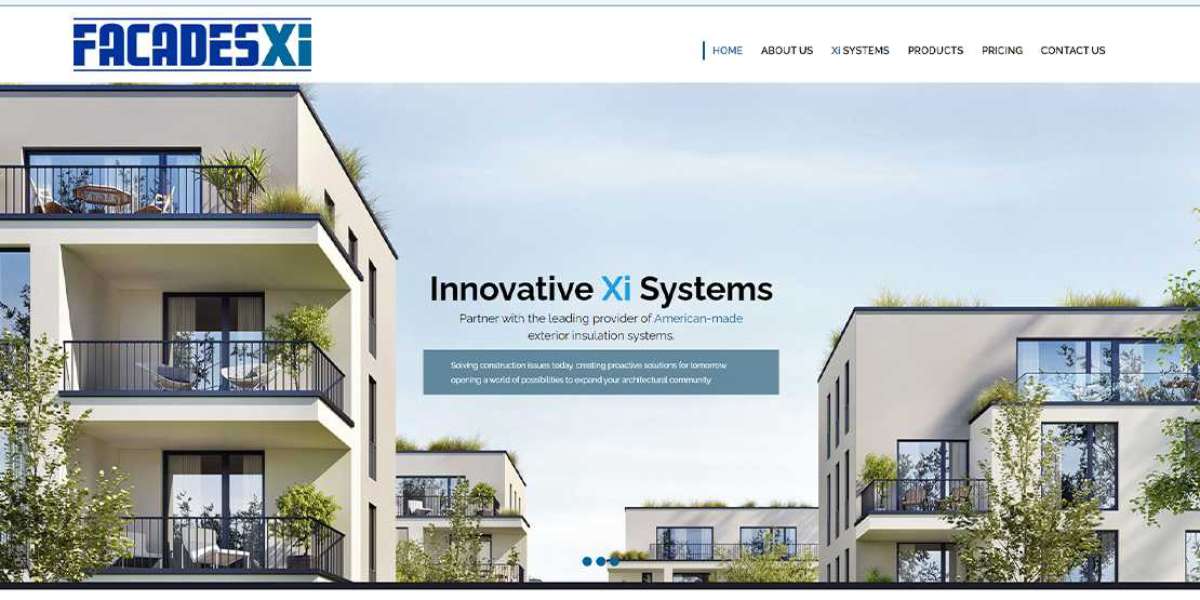Stucco san Antonio is an ambiguous term, sometimes referring to portland-cement stucco, but more often than not referring to "Synthetic Stucco" or EIFS, which is what we will be dealing with. EIFS stands for "Exterior Insulation and Finish Systems" - the exterior insulating portion being the topic of this article.
Building a new home with, or renovating with stucco, reduces heating bills in 2 ways. The first is by reducing air infiltration into your walls, and the second is by reducing heating transferred through walls by adding insulation to their exterior.
Air infiltration occurs whenever there is a gap. This gap occurs on the siding as well as between studs. On most homes, the siding is not air tight, allowing air to pass through loosely connected vinyl, or on brick weeping vents. The second layer of defense is the weather barrier, which is typically a building wrap usually 8 foot in height, and overlapped at the seams. These seams are rarely sealed, resulting in a gap the entire length of the home where ever the building wrap is overlapped. Once air passes through the weather barrier, it encounters the sheathing next. This is usually some sort of composite wood (plywood, particle board) or exterior drywall, which is butted up against one another and again, rarely sealed. Finally, the invading air reaches the studs with loose-fill insulation, which still provides little to no resistance to air flow. Now take into consideration that a 1% air leak in your walls can reduce the effectiveness of insulation by as much as 60%, and you understand why air leakage is such a large problem.
EIFS solves this problem by using a trowel-applied, continuous weather barrier over the sheathing. The plywood or exterior drywall is entirely covered, including joints, completely sealing your walls from any possible air infiltration. The material used is one that adheres to the material around it as it cures, creating a single, monolithic barrier to the air.
This continuous barrier also serves as a surface to allow water and moisture to run off the wall, ensuring it never comes into contact with your sheathing and studs to form rot and mold.
Heat is constantly transferred through walls as well. Whether it is heat leaving your interior in the winter, or heating infiltration your interior during the summer. Materials such as insulation transfer heat less effectively than other materials, such as wood or metal, and as such as valued for their ability to separate your interior and the exterior climate. The problem with traditional between-the-stud insulation is that insulation is only effective where it is present.
That means that if your walls are composed of 80% insulation and 20% framing, you are really only get 80% of the possible insulating value. Again, EIFS blows traditional construction methods out of the water by covering 100% of the wall surface with insulation san Antonio , by adhering it to the exterior of the building. This insulation is protected from the elements (and people) by mesh, a cement coating and the beautiful acrylic finish coat you see on stucco homes.
You can see that far from simply adding exterior wall insulation, EIFS plays a much larger role in making your home comfortable by reducing air infiltration. No other cladding product on the market today solves both problems so well, and at a price that anyone can afford to it.








